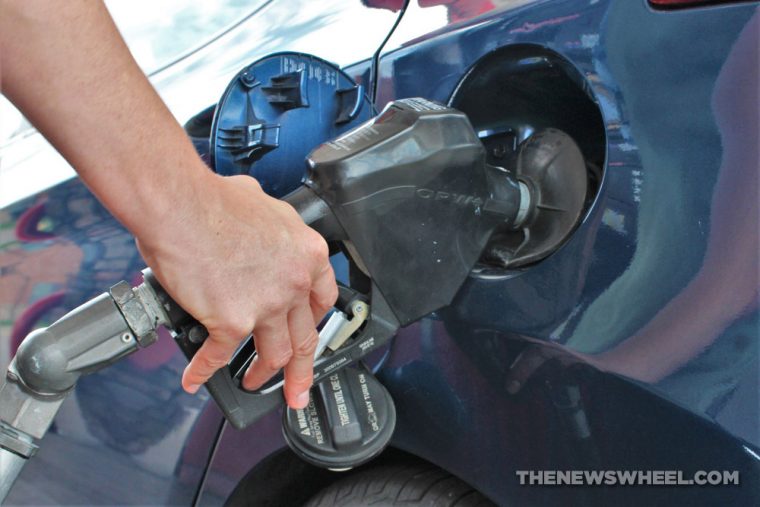How Do I Calculate My Vehicle’s Gas Mileage?

Photo: Chevrolet
If you’re looking to spend less money on fuel or drive more efficiently, it’s time to do the math. Taking a few minutes to calculate gas mileage will keep you in the know about your vehicle’s performance while helping you build more eco-friendly driving habits.
Decode Your Dashboard: The most important warning and indicator lights you should know about
Many newer vehicles come equipped with digital displays that keep track of miles per gallon for you. However, as a Torque News report points out, these displays are often inaccurate, misleading you with mpg readouts that are quite a bit better (or sometimes worse) than your vehicle’s actual performance.
Fortunately, doing these calculations yourself is quite simple. Just follow these simple steps each time you fill your tank, and you’ll have an accurate estimate of your vehicle’s gas mileage.
The Perfect Family Car: Get the details on the 2021 Chevrolet Equinox SUV
Six simple steps for calculating gas mileage
1) The next time you fill up your vehicle with gas, reset your odometer’s trip computer to zero before you leave the gas station. You can usually access this via some sort of button on the driver display.
2) Drive your vehicle until the fuel level is getting low. Fill the tank again, making sure you don’t top it off after the gas pump automatically comes to a stop.
3) Look at the pump display and make a note of how many gallons you filled up with. Many pumps calculate this to the third decimal (also known as the thousandths place). For simplicity, feel free to round this to the nearest tenth.
4) Look at your trip computer to see how many miles you’ve driven since your last fill-up. Divide the number of miles by how many gallons of gas you just bought. If math isn’t your strong suit, use an online calculator or the one that’s included with your smartphone.
5) The result you get is your vehicle’s average gas mileage for each gallon you used. For example, if you drove 320.3 miles and bought 10.5 gallons of gas, 320.3 divided by 10.5 comes out to 30.5. That means your vehicle got an average of 30.5 mpg while you were driving those 320.3 miles.
6) Don’t forget to reset the trip computer again if you want to continue tracking your mileage.
And there you have it: a simple, accurate way to measure your gas mileage and keep track of how efficiently your vehicle is performing.
A longtime editor/writer and recently transplanted Hoosier, Caleb Cook lives in Xenia, Ohio. His favorite activities are reading and listening to music, although he occasionally emerges from the heap of books and vinyl records in his basement to stand blinking in the sunlight. Once fully acclimated to the outside world again, he can be observed hanging out with his wife, attempting a new recipe in the kitchen, attending movies, walking the dog, or wandering into a local brewery to inquire about what’s on tap. See more articles by Caleb.


